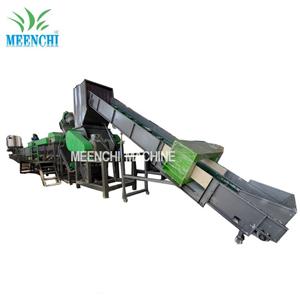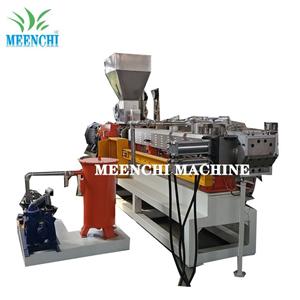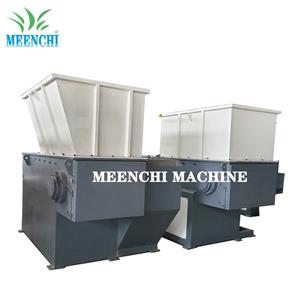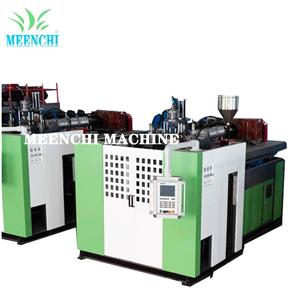What's the Most Common Method for Recycling Plastics?
Mechanical Recycling: A Closer Look
Mechanical recycling is the most widely used method for processing plastic waste. It involves breaking down plastic materials into smaller pieces to create new products. This process reduces waste, conserves resources, and lowers energy consumption compared to producing new plastic from raw materials. With the increasing demand for more sustainable practices, mechanical recycling has become the go-to solution for recycling plastics worldwide.
The Recycling Process, Step-by-Step
The process of mechanical recycling can be broken down into several key steps:
·Collection and Sorting: Plastic waste is gathered from various sources, such as households, businesses, and industries. The waste is then sorted by material type (e.g., PET, HDPE, PVC) to ensure that the plastics are compatible for recycling.
·Shredding: The sorted plastic is fed into a plastic shredder, which breaks down large plastic items into smaller, uniform pieces. This step is essential for preparing the material for further processing.
·Cleaning: The shredded plastic is washed to remove contaminants such as dirt, labels, adhesives, and other impurities. This ensures that the recycled plastic is clean and suitable for the next stages of processing.
·Melting and Pelletizing: After cleaning, the plastic is melted down into a liquid form and then formed into small pellets, which are the building blocks for new plastic products. These pellets are easy to transport and store for future manufacturing.
·Molding: The pellets are used in various molding processes to create new plastic products, such as containers, bottles, and even industrial components. The molding process can include injection molding, blow molding, or extrusion, depending on the type of product being manufactured.
The Role of Plastic Recycling Equipment
Efficient plastic recycling relies heavily on specialized machinery. Key equipment includes:
1、Plastic Shredders: These machines break down large plastic items into smaller pieces, making them easier to process.
2、Plastic Washing Machines: These machines clean the shredded plastic to remove contaminants, ensuring that the final recycled material is of high quality.
3、Plastic Pelletizers: These machines melt the cleaned plastic and form it into small pellets, which can be used in the production of new plastic products.
By investing in high-performance, energy-efficient plastic recycling equipment for sale, businesses can optimize their recycling operations, minimize waste, and lower overall production costs.
Balancing Cost and Efficiency
The plastic recycling machine price can vary depending on several factors, including the size of the machine, its processing capacity, and the technological sophistication of the equipment. While more advanced machines may come with a higher upfront cost, they can deliver significant long-term savings in energy consumption and raw material costs. Choosing the right equipment is key to balancing cost and efficiency, ensuring that businesses can recycle plastic effectively while keeping expenses under control.
A Sustainable Future
Mechanical recycling, when paired with efficient recycling equipment, plays a crucial role in tackling the global plastic waste crisis. By adopting sustainable practices and investing in plastic recycling equipment for sale, industries can contribute to a cleaner, greener planet. Additionally, by understanding the plastic recycling machine price and selecting cost-effective solutions, businesses can achieve both environmental and economic benefits. With continued investment in innovative technologies, the future of plastic recycling looks brighter, helping pave the way for a more sustainable and circular economy.
In conclusion, mechanical recycling remains the most common method for recycling plastics, and it relies on specialized equipment to ensure its success. Investing in the right plastic recycling equipment and understanding the plastic recycling machine price can help businesses optimize their recycling operations, reduce costs, and contribute to a sustainable future.




